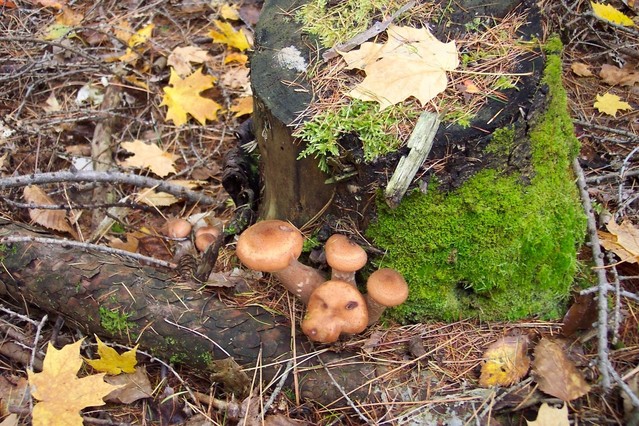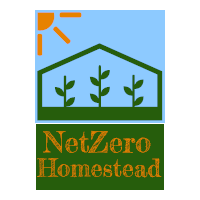If you want to eat off the land, it is helpful to learn about local edible plants. In order to increase our knowledge, my husband and I attended a seminar on wild foraging at a local nursery.
Learn from Experts
Our seminar featured two experts on edible plants you can find in Florida: Andy Firk and Mycol Stevens.
Andy has lived in Florida since 1993 and is also knowledgeable about permaculture. His Bamboo Grove Farm in Arcadia, Florida has many different types of bamboo, as well as fruit trees and other useful plants.
Mycol (pronounced like Michael) calls himself a “mushroom nerd.” He loves to share his knowledge of mushrooms and other fungi, especially the kinds that are available in Florida and how to identify them. He lives on 20 acres in central Florida and off the grid.
Wild Foraging Mushrooms
The most important takeaway we got from Mycol about mushroom foraging is: always check with someone else before eating if you don’t recognize the mushroom!
There are many mushrooms that can sicken humans. Trying to determine by yourself which ones are edible and which ones aren’t can be dangerous. Better to get spores for edible varieties and grow them yourself or go foraging with an expert on mushrooms. If you choose the latter, he or she should use appearance and spore prints for the best identification.
We found out about the three main divisions of mushrooms, based on their food source. Parasitic mushrooms get nourishment from living things, another kind grows in soil and gets nutrients from a root-like structure, and the last kind gets nutrients from dead trees. After a basic introduction,
Mycol took us outside to see the local fungi that are edible, recommending we always cooking them. Heat takes care of chemicals in mushrooms that can upset the digestive system.
Dead wood provides the opportunity to grow your own mushrooms like shiitake and oyster, which are edible. All that is needed are spores and tools to insert them in the wood.

Other Edible Plants
Then it was Andy’s turn to show us edible and usable plants that are native to Florida. Soap ginger is a plant that can be milked for a liquid shampoo. There is another ginger that smells like cardamom. Many so-called weeds make tasty additions to salads, other plants can be used for teas, such as winged sumac berries, and there are native yams that climb trees.
One Florida native called a firebush is even related to the coffee plant. Its fruit are edible, the flowers help pollinators, and the leaves can be used for insect bites and stings. Another native herb, the wood sorrel, looks like clover but has edible white flowers, leaves and roots. Wild huckleberry bushes, grapes, and bitter melon all have edible fruits, and grape leaves can also be eaten.

Be Careful!
Some native plants should never be eaten such as golden pothos and the elephant ear plant. One small bite from one of these will communicate that these should not be consumed.
Our Takeaways
This wild foraging seminar gave us lots of useful information about the edible plants that grow wild in our area. It was also a terrific way to meet people with an interest in growing food or foraging. We had the opportunity to meet many new neighbors.
As an additional bonus, Andy told us he would come to our property and show us the edible plants already growing there. We plan to do this as soon as we get settled in to our new house.

Sounds like it’s about time to ask Andy over. I’d be curious to find out what you have growing on the property already.